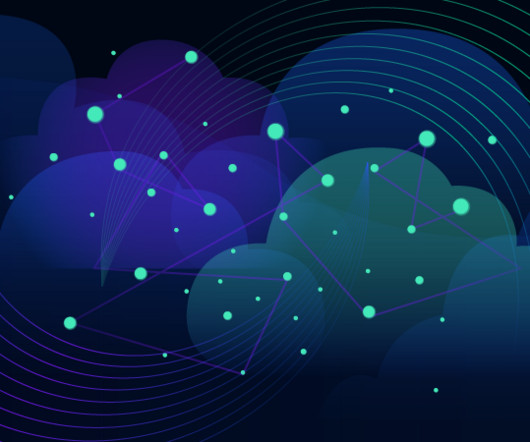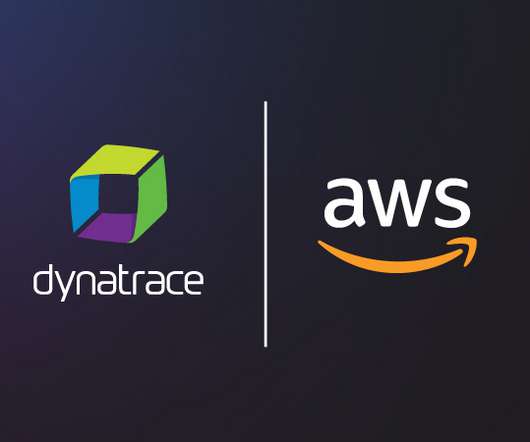Build and operate multicloud FaaS with enhanced, intelligent end-to-end observability
Dynatrace
APRIL 25, 2023
These functions are executed by a serverless platform or provider (such as AWS Lambda, Azure Functions or Google Cloud Functions) that manages the underlying infrastructure, scaling and billing. Enable faster development and deployment cycles by abstracting away the infrastructure complexity.
















Let's personalize your content